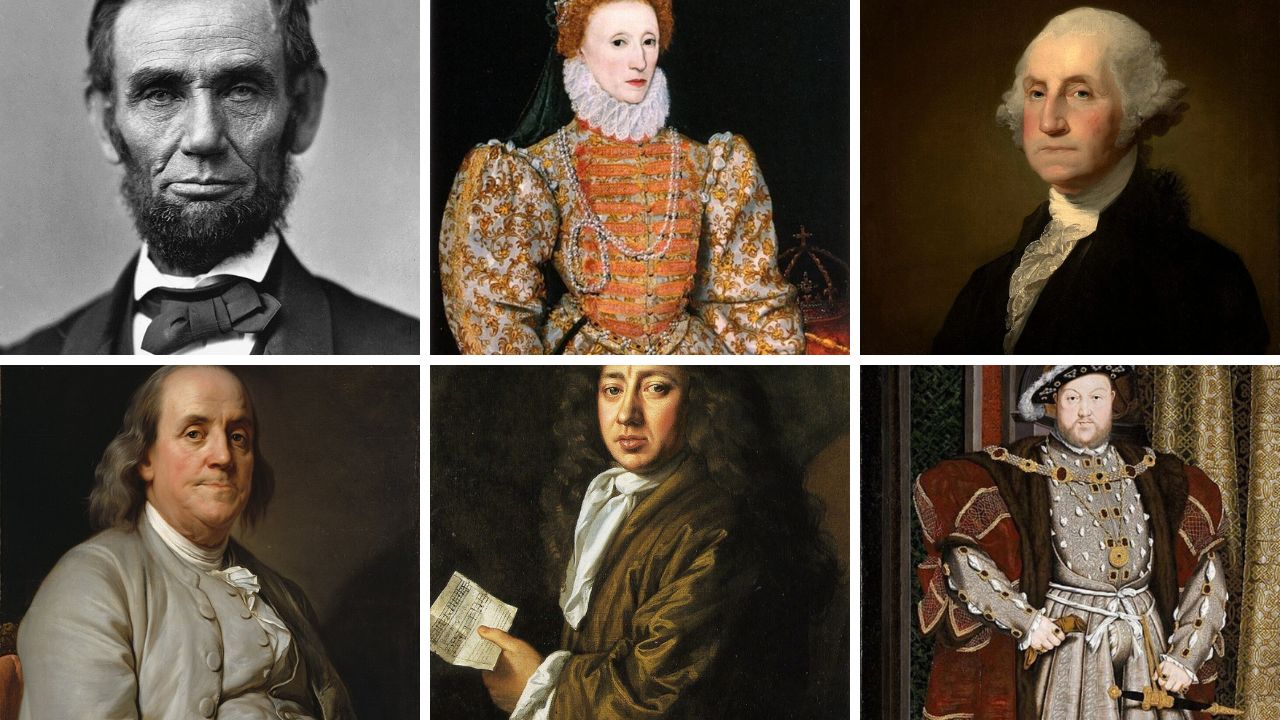Great lives ran on very human bodies. Behind portraits and proclamations sat headaches, heartburn, toothaches, and the kind of seasickness that humbles anyone. Small pains shaped tempers, calendars, and sudden turns of history. Court doctors guarded reputations, journals used soft euphemisms, and letters begged for discreet remedies. The surprise is not rare disease but ordinary complaints that refused to leave. Seen up close, fame looks less like marble and more like someone pacing a room, waiting for a body to cooperate.
Napoleon Bonaparte’s Painful Hemorrhoids

In 1815 the horse soldier became a reluctant pedestrian. A bad flare made hours in the saddle miserable, turning scouting rides into short loops and staff meetings into slow circles around a table. Remedies ranged from baths to poultices with only brief relief. Courtiers murmured about fatigue, aides blamed wet weather, but the constraint was simple. A strategist built for motion was forced into stillness, watching the clock while dispatches aged on the map before him.
George Washington’s Relentless Toothaches
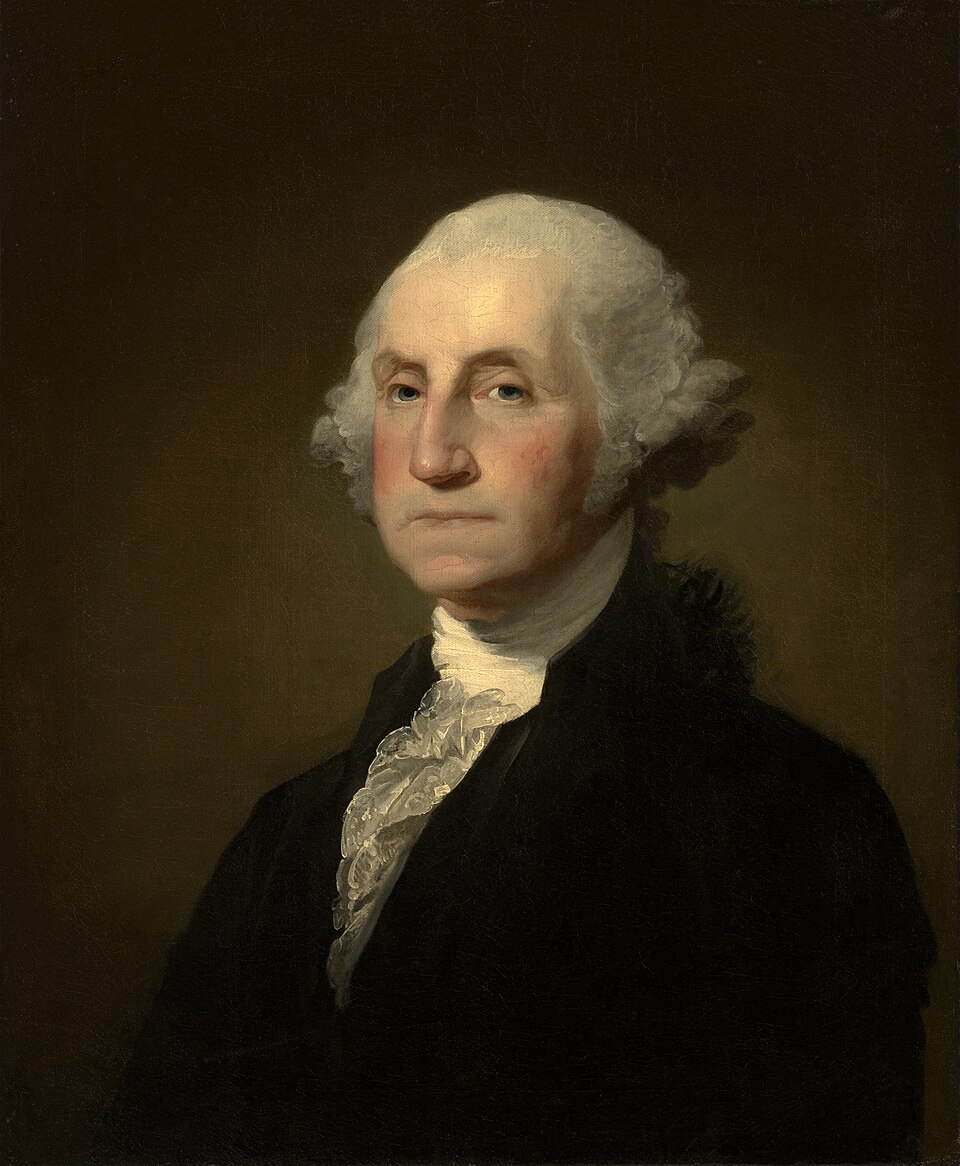
Letters from camps and parlors return to aching jaws, broken teeth, and the rattle of ill fitting dentures carved from ivory and metal. Pain changed how he spoke, what he ate, and how long a reception could last. He wrote about clove oil, wire tweaks, and the rare joy of a decent fit. Seating plans shifted so he could rest a sore side, menus softened, and smiles grew careful. Leadership moved forward one measured bite at a time.
Benjamin Franklin’s Gouty Negotiations
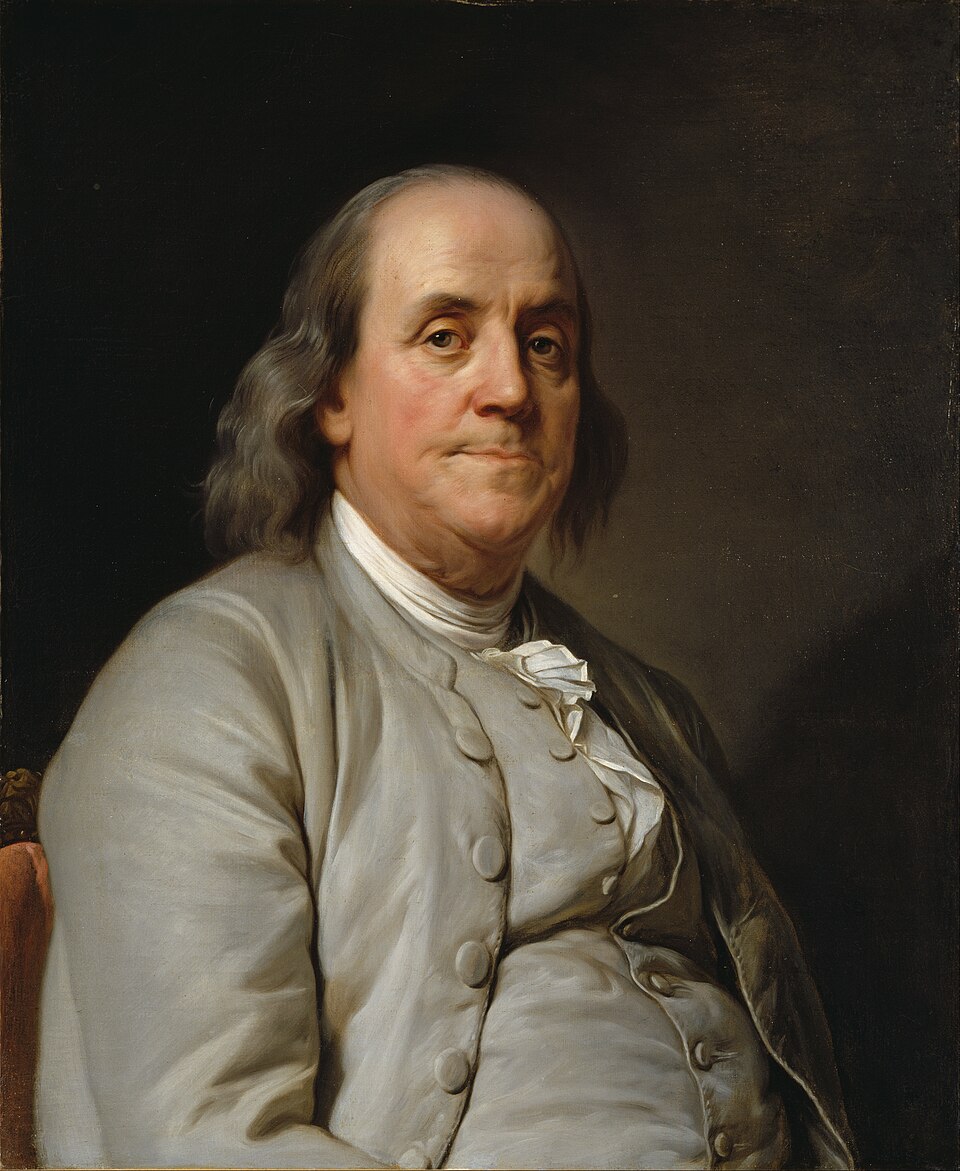
Franklin joked, then scheduled days around swollen joints that punished rich suppers and late nights. Diplomatic calls sometimes met a statesman with feet propped and a cool patience that read as style. Walks, lighter meals, and early beds became tools, not moral victories. Friends teased the water and broth regimen; he answered with wit and a quill that never hurried a point. Endurance looked like knowing when to sit, breathe, and keep the argument steady.
Charles Darwin’s Unforgiving Seasickness
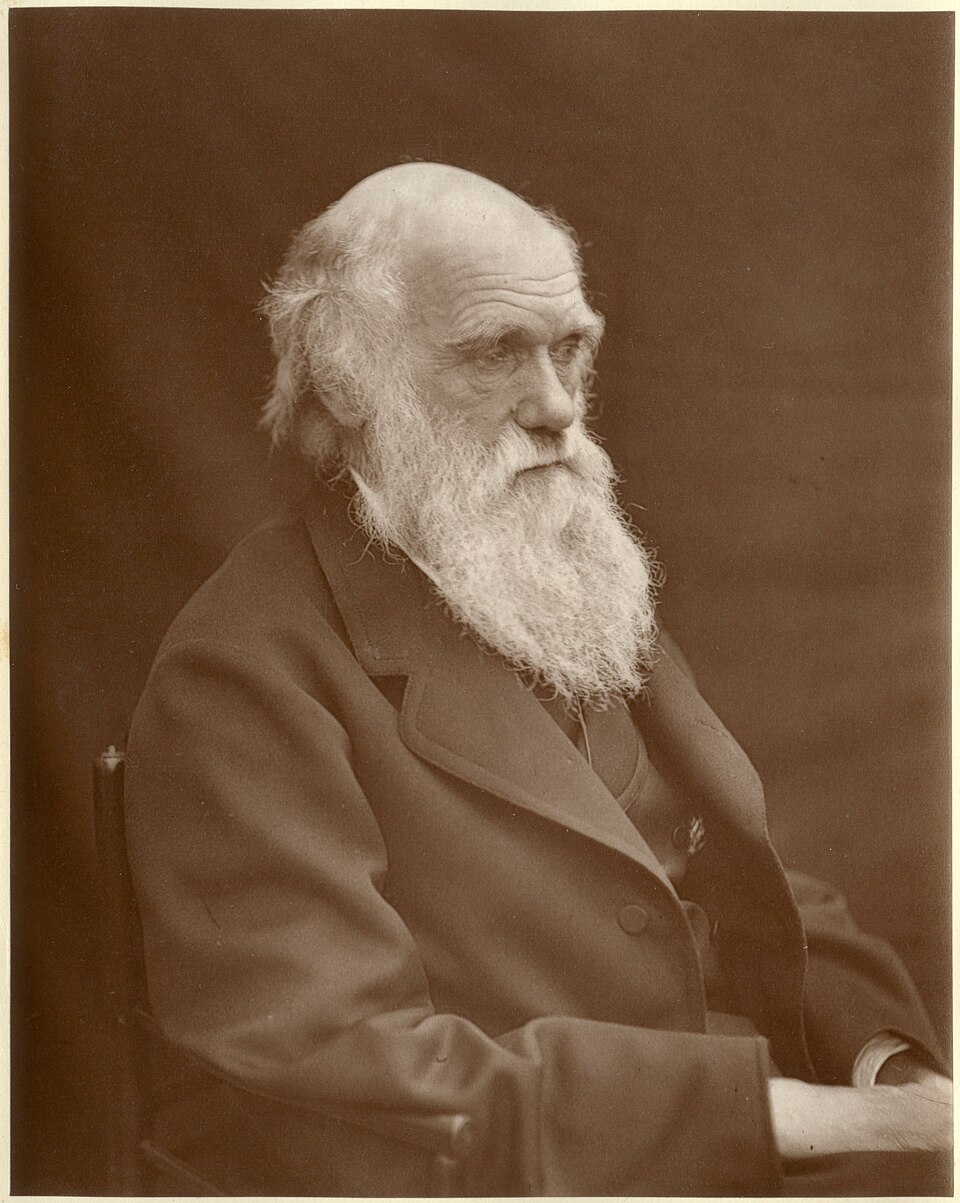
The Beagle carried a mind ready for detail and a stomach that rebelled at every swell. Darwin wrote between waves, then escaped ashore whenever possible to gather beetles, bones, and calm. The nausea never left, so routine carried him: early turns on deck, plain food, long stretches of quiet note taking. The voyage remembered as breezy adventure reads instead as stubborn patience. Big ideas formed while the body begged for a horizon that finally stayed still.
Theodore Roosevelt’s Childhood Asthma
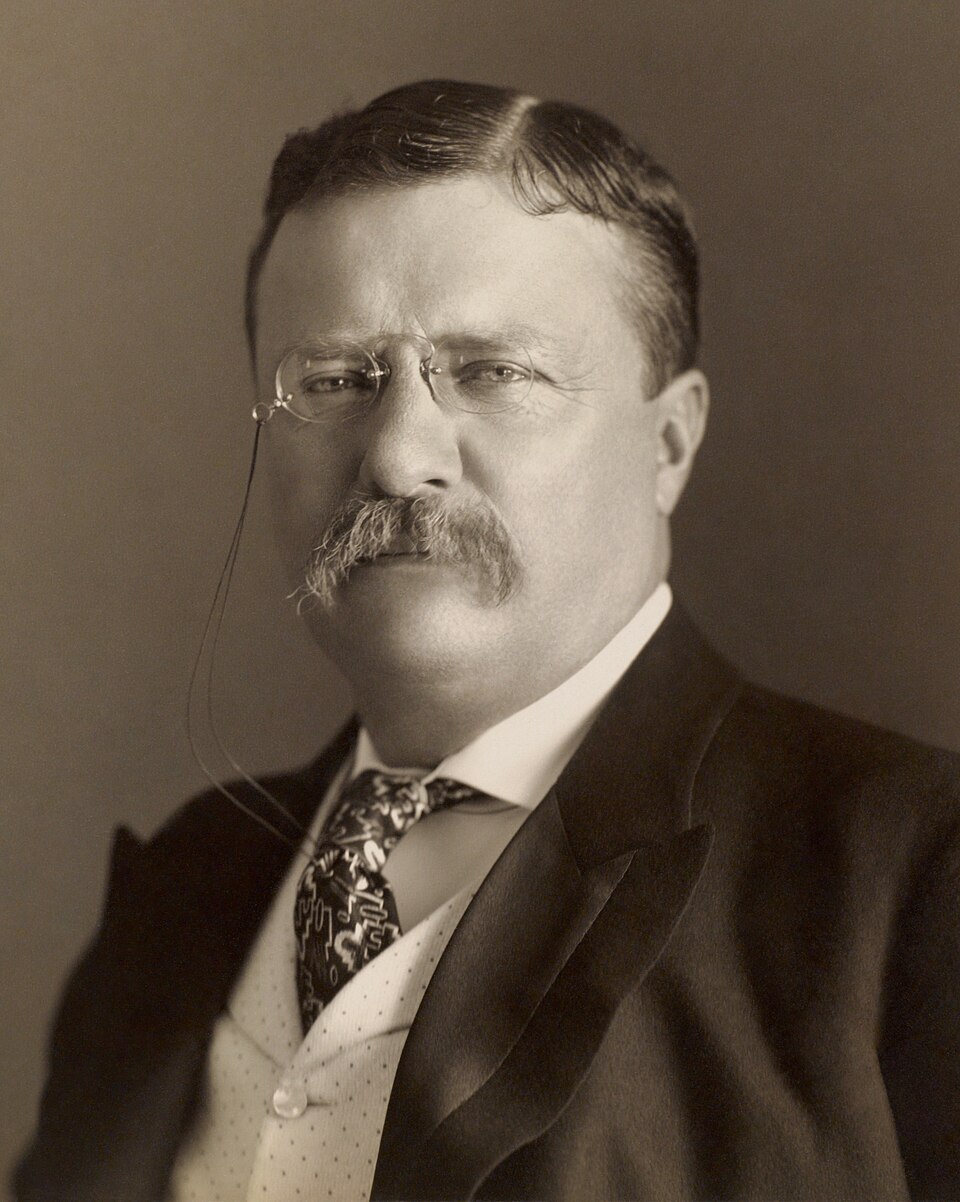
Gasping nights shadowed a boy who later wrestled headlines and bears. Asthma closed doors and shortened walks until a doctor and a disciplined plan built capacity by inches. Boxing, rowing, and long hikes rebuilt lungs one plain week at a time. In office the public pace looked like bravado; in private it remained measured. The park legacy lands differently when seen through someone who learned early to prize clean air and steady effort.
Queen Elizabeth I’s Tooth Decay
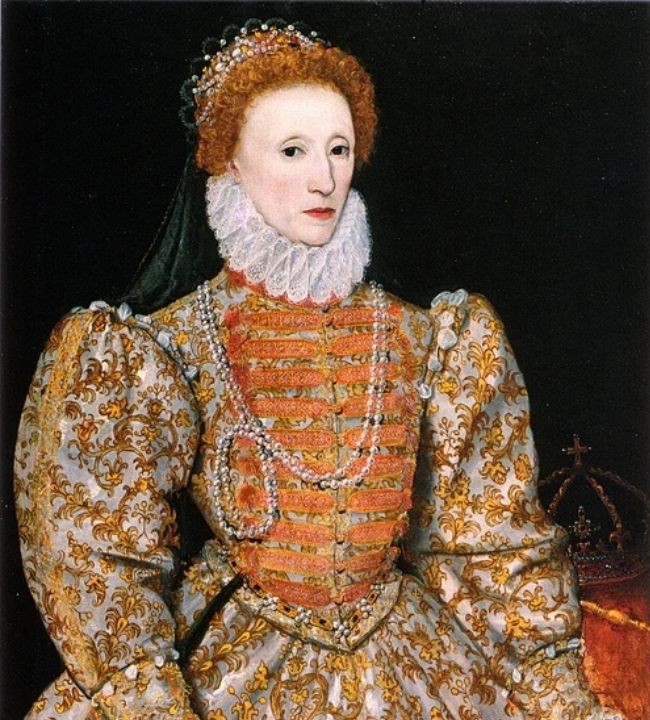
Sugar at court and constant ceremony did little for a monarch who valued presence. Decay brought infections, harsh breath, and a cautious smile that painters softened. Audiences shortened when pain surged, menus shifted to soft foods, and whispers about extractions made rounds behind fans. Remedies ran from clove to powders that scraped enamel thinner. Power rarely pauses, so she staged light, angle, and voice to command a room while the jaw insisted on limits.
Martin Luther’s Constipation And Stones

The reformer recorded sermons and symptoms with equal candor. Constipation, fissures, and suspected stones colored travel days and preaching schedules, turning inns into pharmacies of prunes, warm ale, and time. He joked in letters, then asked friends for patience. The body demanded interludes no argument could win. Those pauses sit between tracts and replies, human breaks in thunder. A movement marched while its voice negotiated with the most ordinary discomforts imaginable.
Samuel Pepys’s Bladder Stone
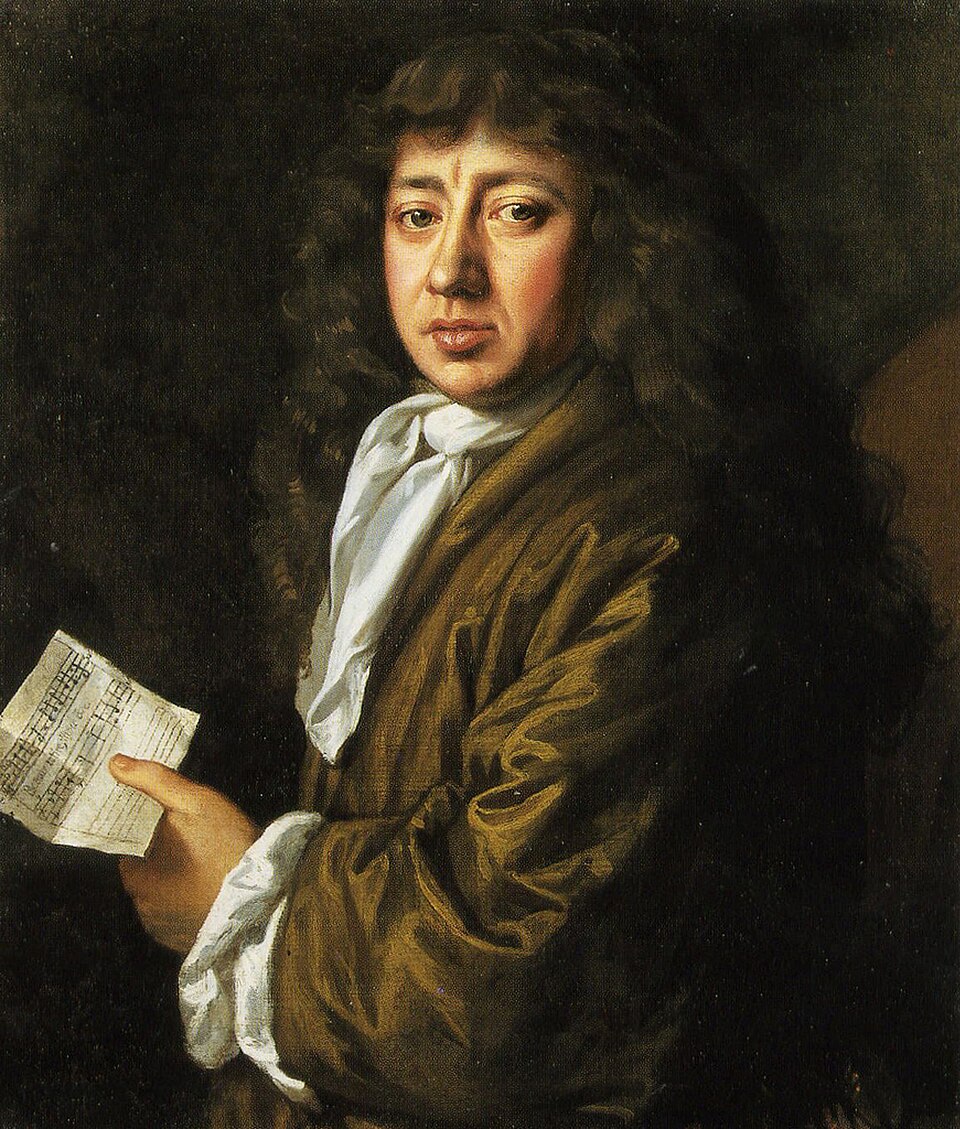
Pepys gave London its daily diary and a clear account of a stone that would not pass. Surgery meant straps, steel, and survival as applause. He lived, celebrated the date each year, and wrote about pain turning into relief with gratitude that never cooled. The mundane core remains. A blockage most adults dread, met with humor, tears, and a ledger of days regained. City gossip hums beside a private victory over plumbing any household understands.
Henry VIII’s Gout And Leg Ulcers

Royal portraits hide the bandages. Late in life he limped through courts with swollen joints and weeping sores that shortened temper and ceremony. Velvet and armor trapped heat; rich food and old injuries did the rest. Physicians rotated poultices, tonics, and prayers. Decisions sometimes arrived from a chair planted to spare one ankle. The myth is appetite and thunder. The reality includes a body that punished every hour on marble floors and parade horses.
Abraham Lincoln’s Chronic Constipation
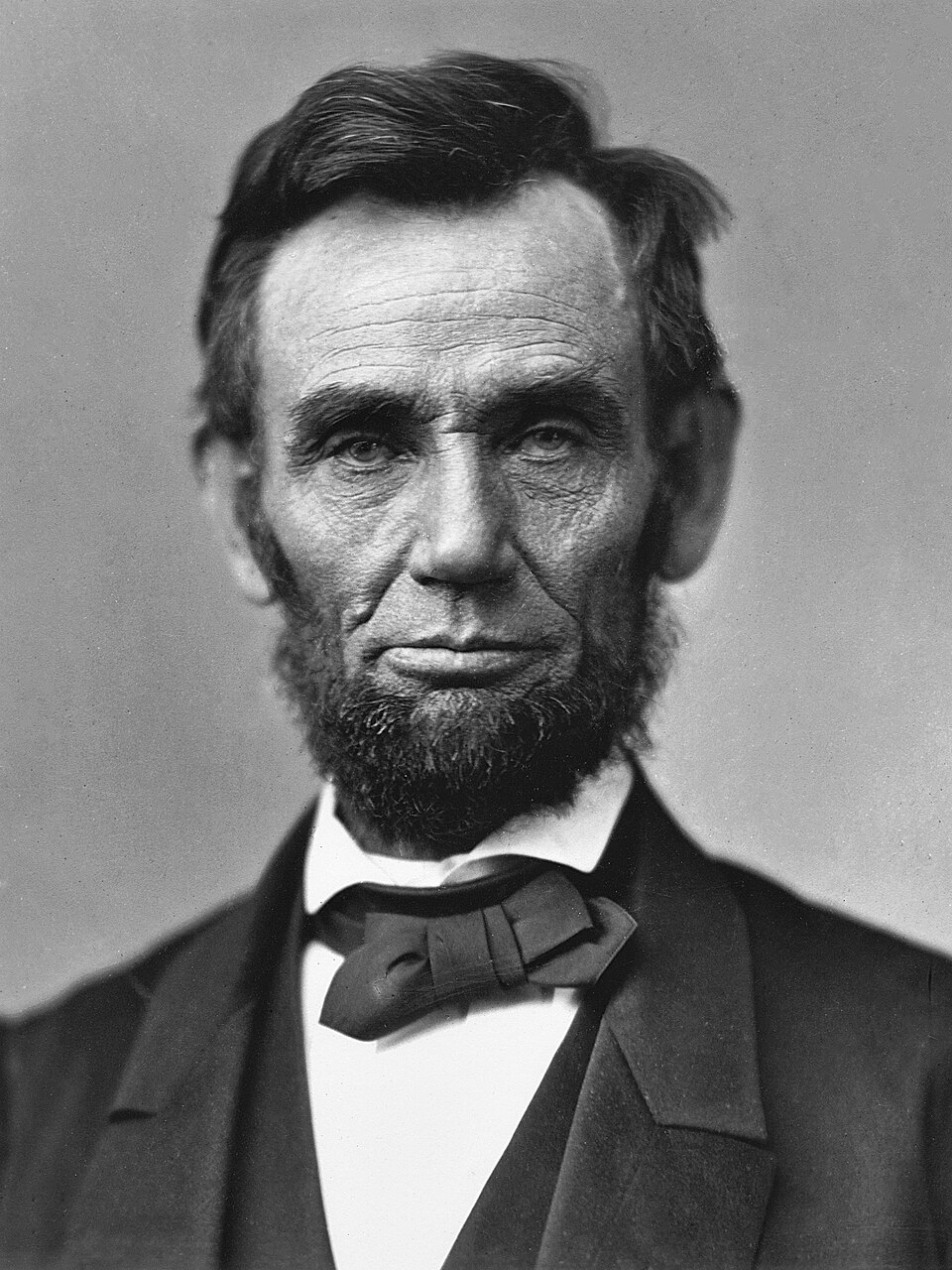
Sparse circuits, stress, and irregular meals formed a perfect storm of stalled days that Lincoln mentioned with weary humor. Remedies were blunt and often worse than the issue. Long rides and courtroom marathons did not help. The pattern seems small beside war, yet routine discomfort shapes patience, tone, and cadence. Speeches read measured partly because their author learned to wait out a body that preferred delay, and to conserve words when energy ran thin.
Charles Dickens’s Insomnia Walks

Sleepless nights turned into fieldwork. Miles through London at 1 a.m. taught him watchmen, markets, and alleys that later became living scenes. The ailment was ordinary and stubborn, eased by pavement more than powders. Mornings relied on tea and discipline. The novels carry that rhythm, long breaths followed by quick turns, a city learned by shoe leather. The condition that stole rest also gave him a notebook of streets no desk could supply.
